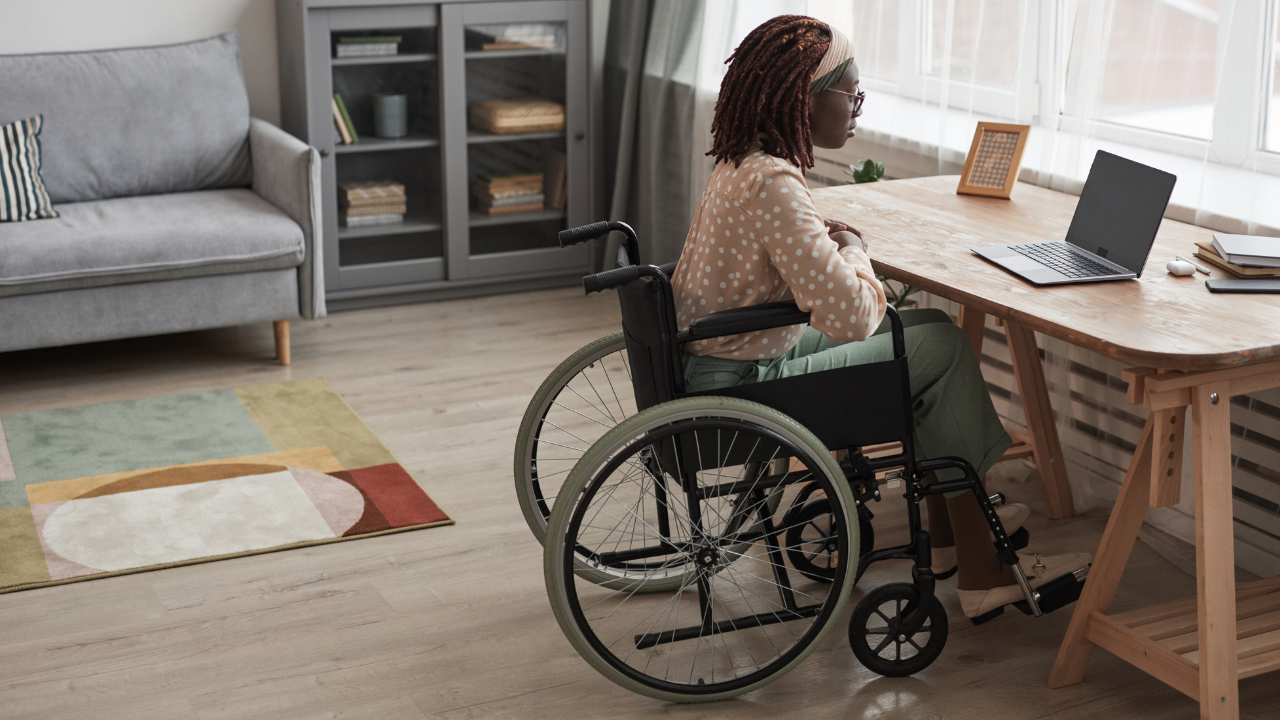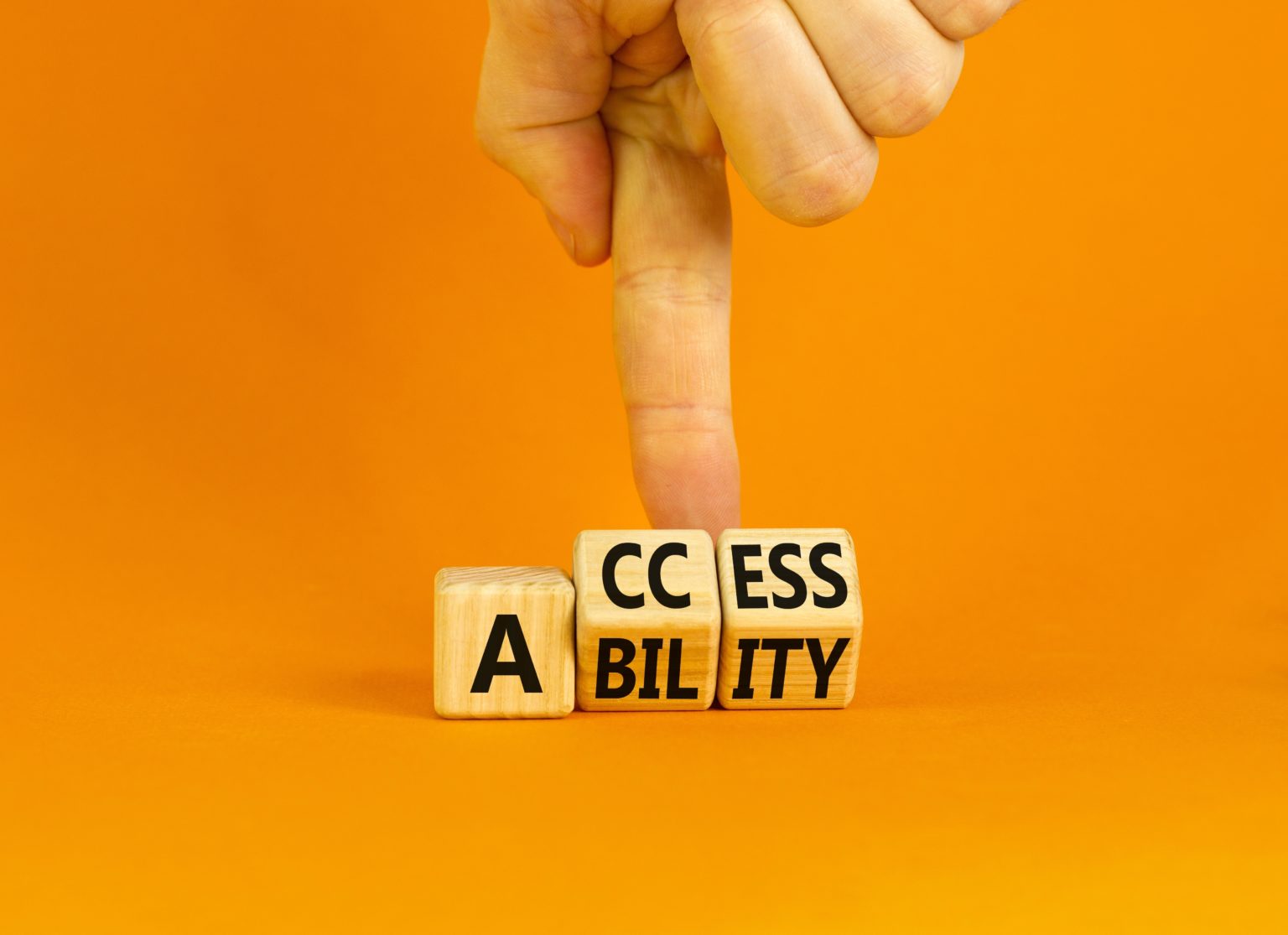your website: is it accessible for people with disabilities?_
Your website should attract as many people as possible, including those with disabilities. However this can be difficult if you don’t have an accessible design.
But, there are a number of ways you can make your website more accessible.
The World Wide Web Consortium (W3C) developed the Web Content Accessibility Guidelines (WCAG) to make this easier for you. The WCAG 2.1 includes a set of standards that developers, designers, and website owners can use when creating and maintaining websites and/or online content.

Here are our top 8 website-accessibility tips:
- use an online accessibility checker
Check out the WAVE Web Accessibility Evaluation Tool.
To use the tool, simply enter the URL of the web page you want to evaluate in the web page address field, and click on the arrow button. WAVE will generate a report that will show you any errors or potential problems with accessibility on that page. In addition to a general assessment, WAVE also provides feedback on how you can improve your page(s) to enhance accessibility.
- install an accessibility browser extension
The ARIA DevTools extension for Chrome is a free and open source tool that allows users to customise the way they interact with web content.
ARIA does this by providing a set of attributes that you can use to improve the accessibility of HTML elements. For example, the ‘aria-label’ attribute can serve as a marker for an element that is not otherwise accessible, while the ‘aria-describedby’ attribute can be used to provide an explanation.
- manually check for common issues
This can be more time-consuming than using online tools and extensions.
However, if you use a checklist, it can be a thorough technique. Plus, this method is free, and it’s available to ALL website owners.
- hire an expert
Another option for checking website accessibility is to hire an expert to audit your website.
This is an excellent choice for any website – especially for those who want to make accessibility a core value of their online business.
At Wirebox, we’re no stranger to building accessible websites. Get in touch for assistance with yours.

- allow keyboard navigation
To be considered ‘accessible,’ users must be able to navigate your site without a mouse. This is because many assistive technologies depend on keyboard-only navigation.
This includes accessing pages, and clicking on links. To test this, visit the front end of your website, and try to navigate around the page – using the tab key.
- use high-contrast colours
Some users may have difficulty seeing text, if the colour contrast is low. Therefore, we recommend using colours that have a high-contrast ratio, such as black and white, or black and yellow.
The colour contrast throughout your site should ensure that all elements are distinguishable on the page. For instance, text should stand out – rather than blending into the background. You might find ‘Contrast Checker’ useful when choosing your site’s colour palette.
- use alt text on images
Be sure to provide alternative text (alt text) that describes the image.
Users who are unable to see the image will still be able to understand the content of the page when using assistive technologies, such as dictation software. You can add alt text to images in WordPress, via your Media Library. Also, alt text will optimise your site to be more visible in most major search engines.
- use header hierarchies
Breaking up your content into smaller sections can make it easier to read. That’s why using headlines and lists to organise information on your pages can increase web accessibility. Clear headings can help screen readers to understand and interpret your pages.
WordPress recommends using a set heading hierarchy, which includes using one H1 per page (typically for the title) and H2s and H3s for subsections. It’s best to use these headings in order, meaning that H2s should come after the H1, followed by H3s, and then H4s (if necessary).
At Wirebox, we’re no stranger to building accessible websites. Get in touch for assistance with yours.
